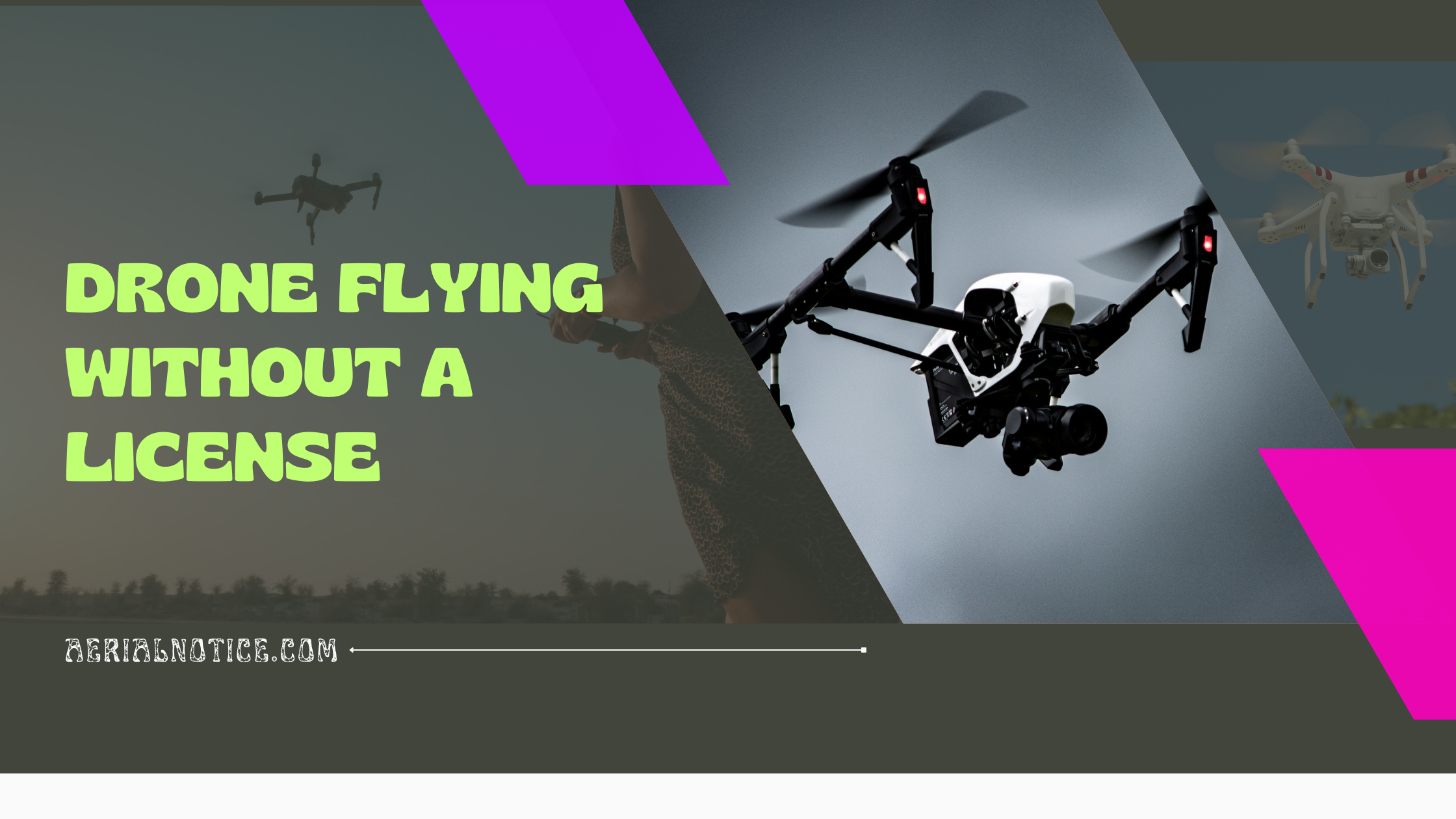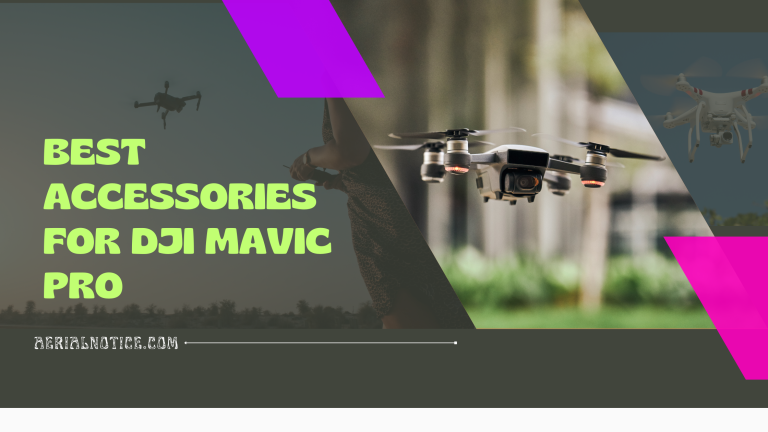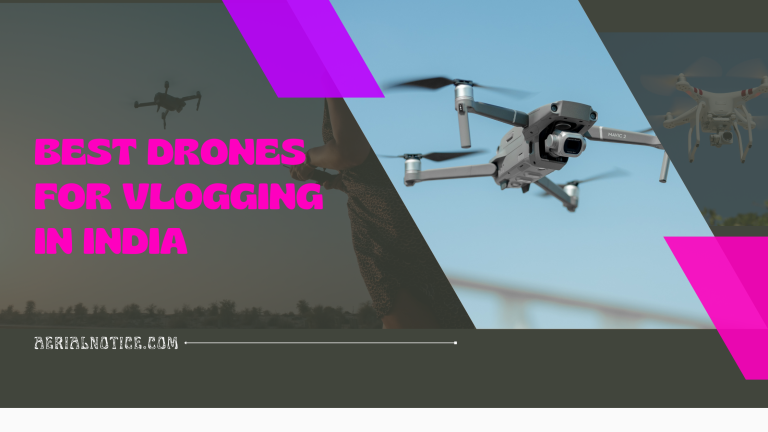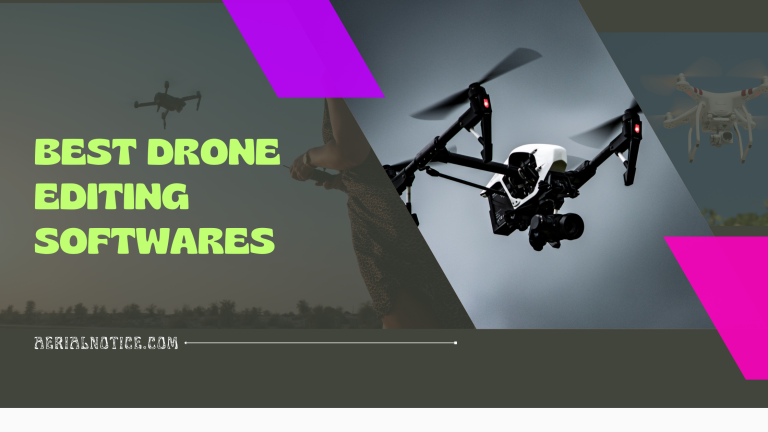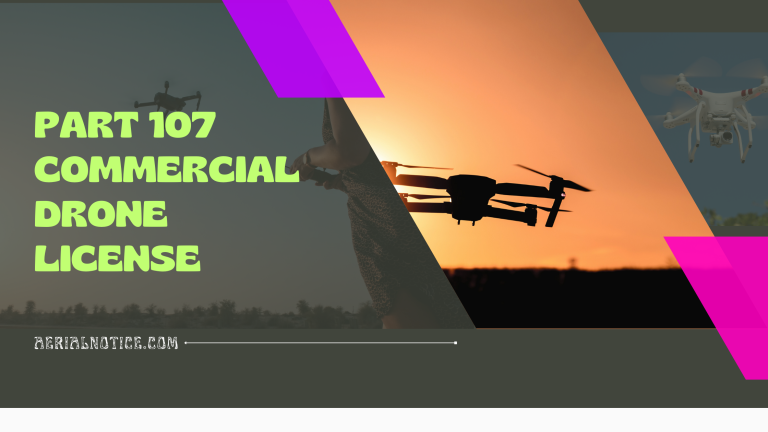Drone Flying without a License: Regulations, Guidelines, and More
Introduction:
Welcome to the sky-high adventure of drone flying! Imagine capturing stunning aerial views, exploring unseen angles, and creating breathtaking content—all from the perspective of a drone pilot. The best part? You can embark on this journey without a license, at least in many cases. If you’re curious about the ins and outs of drone flying without a license, you’ve come to the right place. This comprehensive guide takes you through the exciting world of drone regulations, safety guidelines, and the industry’s future. So, fasten your seatbelt (metaphorically speaking), and let’s explore the wide-open skies!
1. Understanding Drone Regulations:
Navigating drone regulations can be as thrilling as soaring in the clouds. Different countries have their own rules, varying from a gentle breeze to a more complex airspace. Let’s kick off our journey by gaining an understanding of the global drone regulations landscape.
A. Overview of Drone Regulations in Different Countries:
Transitioning into the drone universe means getting familiar with the rulebooks of various countries. In the United States, the Federal Aviation Administration (FAA) sets the rules, while in the United Kingdom, the Civil Aviation Authority (CAA) holds the reins. Canada’s Transport Canada keeps the skies safe up north. These authorities have crafted a tapestry of rules that guide the skies and ensure safety.
B. Classification of Drones Based on Weight and Purpose:
Like birds with different wingspans, drones come in various sizes and purposes. Hobbyist drones are for curious explorers, recreational drones for casual adventurers, and commercial drones for those seeking to turn their passion into profit. Drones are also classified based on weight, which can dictate different regulations.
C. Legal Requirements for Flying Drones:
Before you take off, a little groundwork is essential. Registration, licensing, and permits are pivotal in ensuring a smooth flight. Some countries require drone registration to track who’s in the airspace. Licensing is needed for commercial flights, while permits grant temporary access to restricted areas. Think of these as your passport to the skies.
2. Drone Flying Without a License – Hobbyist/Recreational Use:
Ah, the thrill of flying like a bird! For those embracing drone flying as a hobby, the skies open up without a license. But wait—there are still a few clouds to navigate.
A. Differentiating Hobbyist/Recreational Use from Commercial Use:
Picture this: you’re capturing magnificent sunsets just for the joy of it. That’s hobbyist use. But if you’re filming a music video for a local artist, that’s venturing into commercial territory. The distinction lies in whether you’re flying purely for fun or turning your drone into a money-making machine.
B. Countries that Allow Flying Drones Without a License:
Lucky for us, many countries acknowledge the wonder of flying drones recreationally. The U.S., the U.K., Australia, and Canada are just a few examples where hobbyist pilots can take to the skies without a license.
C. Operating Guidelines for Hobbyist Drone Pilots:
While a license does not weigh you, you’re still bound by guidelines. These include altitude limits, staying away from airports, and flying within your line of sight. These are the invisible guardrails that keep your drone adventure safe and enjoyable.
D. Privacy and Safety Considerations:
Just as we value our privacy on the ground, extending the same courtesy to the skies is crucial. Respecting people’s privacy and ensuring the safety of those below are cardinal drone flying rules. Flying over private property, for instance, might ruffle a few feathers.
3. Drone License Requirements for Commercial Use:
Now, let’s talk business. A license is your co-pilot if you want to turn your drone skills into a side hustle or full-time gig.
A. Definition of Commercial Drone Use:
When your drone starts earning its wings, you’re transitioning into the world of commercial use. Whether you’re capturing real estate vistas, shooting commercials, or mapping landscapes, these are commercial endeavors that require a license.
B. Overview of the Licensing Process for Commercial Drone Pilots:
Gaining your commercial drone license isn’t rocket science, but it does involve some groundwork. You’ll need to pass a knowledge test, demonstrate your flying skills, and showcase your understanding of airspace rules.
C. Training and Educational Requirements:
Think of drone training as flight school but cooler. Educational courses equip you with the knowledge to fly safely, understand airspace, and navigate complex scenarios. Your drone license will be your boarding pass to endless possibilities.
D. Insurance and Liability Considerations:
As you take your drone business off the ground, consider insurance your safety net. Accidents happen, but having insurance can save you from turbulence down the line. Additionally, understanding liability is like knowing the weather forecast—essential for a smooth flight.
4. Drone License Exemptions and Special Cases:
While licenses are often necessary, there are instances where they take a backseat. Let’s explore the exceptions to the rule.
A. Special Exemptions for Certain Drone Operations:
Educational institutions, research projects, and public safety missions sometimes get a pass on licensing. These are the moments when drones become superheroes, lending their powers for the greater good.
B. Flying Drones for Non-profit and Humanitarian Purposes:
When drones are used to create positive change, the sky’s the limit. Non-profit organizations often use drones for humanitarian efforts, disaster relief, and wildlife conservation. In these cases, regulations may bend to accommodate the greater good.
C. Temporary Permits and Waivers:
Sometimes, you need a permission slip for specific events or projects. Temporary permits and waivers grant access to restricted airspace for a limited time. Think of it as a golden ticket to fly where others can’t.
5. Consequences of Flying Without a License:
Flying without a license might seem like a shortcut, but it often leads to turbulence. Let’s explore the potential consequences.
A. Legal Penalties and Fines:
As traffic violations lead to tickets, drone violations can lead to fines. Flying without a license might leave your wallet considerably lighter, and that’s never a pleasant experience.
B. Confiscation or Grounding of Drones:
Imagine your drone being grounded or confiscated—a drone pilot’s worst nightmare. Authorities can put your flight on hold or even remove your drone if you operate without a license.
C. Potential Criminal Charges:
In severe cases, flying without a license might result in criminal charges. While it’s unlikely to lead to jail time for minor offenses, serious violations can have legal consequences beyond fines.
6. Tips for Safe and Legal Drone Flying:
Ready to soar safely and legally through the skies? Here are some tried-and-true tips to keep you on the right track.
A. Understand Local Drone Regulations and Airspace Restrictions:
As you wouldn’t drive without knowing the traffic rules, don’t fly without understanding airspace regulations. Familiarize yourself with no-fly zones, altitude limits, and any local restrictions.
B. Respect Privacy and Property Rights:
Remember that only some people want to be on camera. Respect people’s privacy by avoiding hovering over private properties and capturing images without consent.
C. Stay Informed about Updates in Drone Regulations:
Drone regulations, like the wind, can change direction. Keep updated on the latest rules and regulations to ensure you fly within legal boundaries.
D. Join Local Drone Clubs or Associations:
Joining local drone clubs or associations can be a rewarding experience. You’ll have access to a community of fellow enthusiasts who can share knowledge, experiences, and updates on regulations.
7. Future of Drone Regulations:
As technology takes flight, so do regulations. Let’s peer into the crystal ball and see where the drone industry is headed.
A. Trends in Drone Regulation and Licensing:
The drone industry is evolving faster than you can say “hover.” From AI-powered drones to improved safety features, regulations will adapt to these advancements to ensure safe skies.
B. Impact of Technological Advancements:
As technology becomes more sophisticated, it will likely influence regulations. Enhanced tracking capabilities, automated collision avoidance, and real-time remote identification might be integral to drone operations.
Conclusion:
And there you have it—your passport to the friendly skies of drone flying without a license. Whether you’re a hobbyist capturing stunning vistas or a budding entrepreneur looking to turn your passion into profit, the world of drone flying is yours to explore. Remember, safety and respect for regulations are your co-pilots on this journey. So spread your wings, follow the guidelines, and let your drone take you to new heights! Happy flying!

